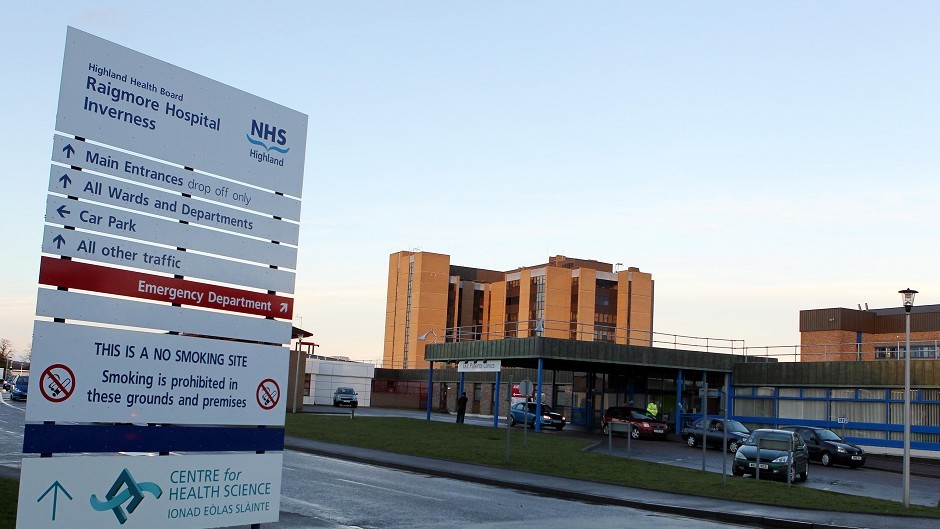NHS Highland has been ordered to apologise to a patient who was left with two holes in his bowel following surgery at the north’s flagship hospital.
The unnamed man needed emergency surgery following the procedure at Raigmore Hospital in Inverness and claimed he had not been told about potential complications.
The health board has now promised to carry out a review of their consent process after the case, which was highlighted by the Scottish Public Services Ombudsman, Jim Martin, in his latest round of reports.
The patient, identified only as Mr C, underwent surgery at Raigmore Hospital in Inverness to treat haemorrhoids and also a procedure to look inside the back passage and lower part of his bowel. Polyps, small growths on the inner lining of his bowel, were removed as part of the latter procedure.
The man was readmitted to hospital two days after the initial procedure in “considerable pain”,
Mr C was told that if the emergency operation was unsuccessful he would need more surgery and a temporary colostomy bag, which he said caused him “further pain, stress and anxiety”.
He said that he had consented to the original surgery on the understanding that the procedure was investigatory, and that he was not told polyps may be removed if identified.
Mr C said that if he had known of the possibility of bowel damage, he may not have had the original procedure done.
He complained about his treatment to the ombudsman, who has now ordered NHS Highland to apologise. Mr Martin also said they should review their consent procedures to inform patients of any potential complications.
The ombudsman said the question of whether polyps should have been removed was irrelevant because the “consent process was inadequate”.
NHS Highland chief executive Elaine Mead said: “I have written to the patient to apologise and say how sorry we are about what has happened. I also wanted to explain what steps we are taking to improve the consent process.
“Clearly the issue of consent is really important and I hope the work we are undertaking will bring about improvements and benefit for many patients.
“A working group, which is chaired by the board medical director, has been set up to review our consent forms and the information that is provided to patients when consent is being obtained.
“We will also be establishing a clear process to ensure appropriate consent has been obtained including when a patient’s care is transferred between consultants.”
